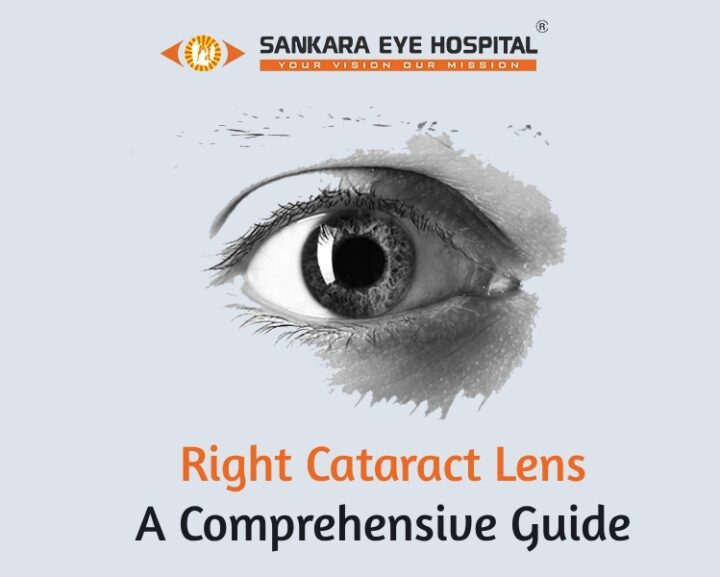Tips & Tricks To Protect Your Eyes From Digital Screens During Work
Tips & Tricks To Protect Your Eyes From Digital Screens During Work
Eye Work Strain
Through every waking moment in a day, how many of us take a small break to be thankful for our eyes? They’re always on the job, even more so than we are! Just like every organ, they’re also prone to wear and tear, and the degree of damage depends on the scale of misuse. Eyes are sensitive, so listening to their needs even for a few minutes of a day will help them out a ton. In this age of being hunched over computer screens while working from home, what measures can we take to safeguard our eyes from permanent damage? In this article, we’ll cover some life hacks to keep your eyes hale and hearty!
Eyes & Screens: Big Deal?
Working on digital media has become a fact of life in the past few years. We’re either on Zoom calls, PowerPoint presentations, or both, for over nine hours a day! Some of you would probably think some degree of eye damage is inevitable.
You have to stop and consider that it’s not just about the eyes. The interconnected systems of your body suffer too. For example, melatonin, your day/night cycle hormone, is regulated by the detection of light entering your eyes. To understand why prolonged eye exposure to screens is an issue, we need to get to the root of the problem.
– When we’re peering into screens, we tend to not blink at all. Blinking refreshes the fluid in our eyes, and flushes out any foreign particles lodged in it.
– If you work late nights, extended exposure to blue light from your phone and laptop screens can affect your body’s day/night cycle, causing a variety of health problems and resulting in computer vision syndrome.
– Digital eye strain often manifests itself in the form of dry eye, which leads to further complications like swelling and redness if left unchecked.
It’s easy to ignore in the thick of it, but the consequences stack over time. If you don’t want that to happen to you, fret not! Follow the simple guidelines below and you (and your eyes) will be in the clear!
The 20-20-20 Rule
No, it’s not a calculus trick. The 20-20-20 rule is an easy technique recommended by ophthalmologists worldwide to reduce eye strain during work time. All it takes is three steps:
– For every twenty minutes of work
– Look away from the screen, at an object twenty feet away
– for at least twenty seconds.
In those twenty seconds, your eyes will catch a much-needed breather from squinting at a screen all day long. The rule also meshes well with other productivity techniques like Pomodoro. It takes a while to get used to, but it’s a habit you’ll be thankful to have, as it works well towards preventing digital eye strain!
Tweak the Settings
To date, there’s no concrete proof that directly correlates blue light and eye strain. However, blue light does have an impact on your circadian rhythms, which isn’t ideal. The latest smart devices all come with built-in night light/blue light filter capabilities. These settings mellow out the light on your screen, making it easier on your eyes to focus on them for longer periods.
The principle here is the relative difference in brightness between your surroundings and your screen. If the contrast is too high, then your eyes have to put in that much more effort to see elements on the screen clearly. Therefore, it’s in your best interests to activate the night light/lower brightness settings on your device to reduce eye strain. Your picture won’t be as crisp, but it’s a fair trade if your eye health is in the balance!
The Right Posture
How far your eyes are from the screen also plays a significant role in digital eye strain. Ideally, you want to be at arm’s length from your screen, with a slight downwards angle in your gaze. Sitting too close or too far away from the screen reduces the field of vision while also increasing the strain on the eyes. There’s no perfect setup for this, but the rule of thumb is to step away from the screen whenever your eyes feel “tired” or burning.
Invest in the Right Tools
Of course, there are a few products that can help you out in the quest to reduce eye strain.
– Keeping artificial tear eye drops handy goes a long way in reducing the strain on your eyes through lubrication. These drops are available at all your local pharmacies, prescription-free.
– Last but not least, make sure you visit the Best eye hospital nearby if you have noticeable difficulty focusing on screens. Tell-tale signs of digital eye strain are migraines, erratic sleep patterns, and constant fatigue.
Eye Care
If you look at the options above, you’ll notice that almost all of them are small, yet conscious lifestyle choices. In a fast-moving world, tight deadlines and work hours are inescapable. That doesn’t mean our eyes have to bear the brunt of it, however. Make a conscious choice and build healthy eye strain reduction habits to prevent complications down the line!




